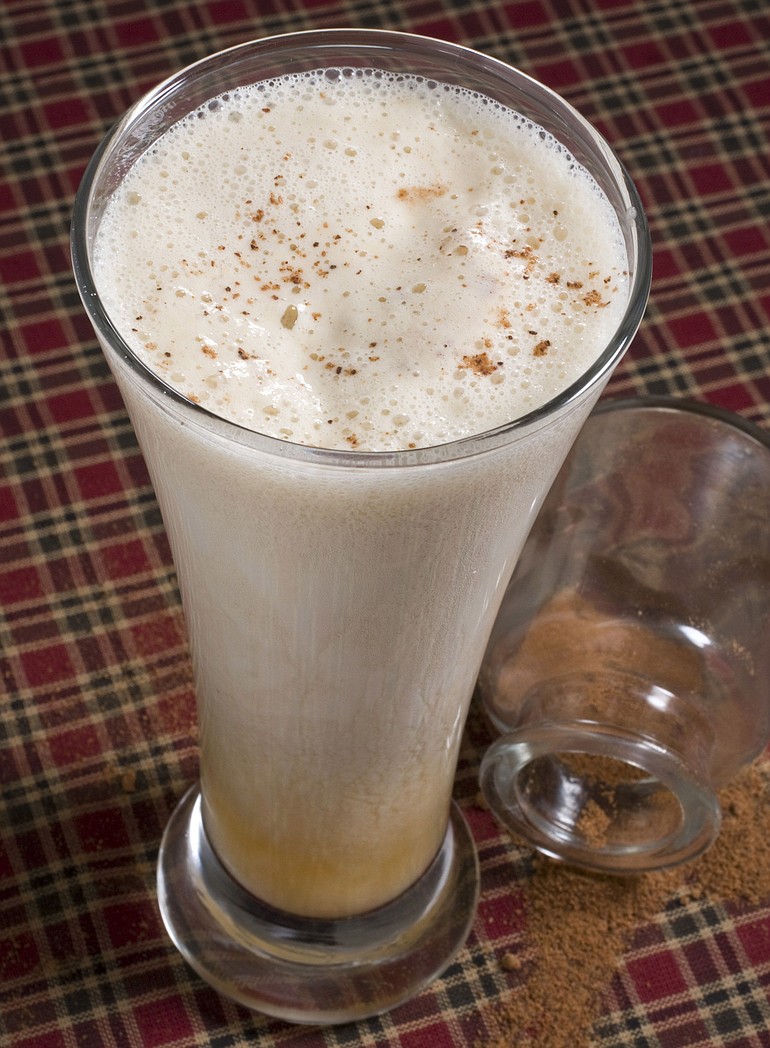Fancy some eggnog? How about some posset? A soupcon of syllabub? Or maybe a wee spot of biersuppe?
They’re all variations on the eggs-sugar-milk-booze creation that seems to have as many incarnations as jolly old Santa Claus/Kris Kringle/Joulupukki himself.
Take coquito, a Puerto Rican tradition that combines eggs, cream of coconut, rum and spices for ultra-rich seasonal sipping.
Daisy Martinez remembers grating coconut by the hour with her sister for her mother’s special version of this drink. These days, there’s canned cream of coconut to be had in abundance — “It’s just as good and really time- and labor-friendly,” points out Martinez, who hosts “Viva Daisy” on the Cooking Channel and has written several cookbooks, including the recent “Daisy’s Holiday Cooking.”



